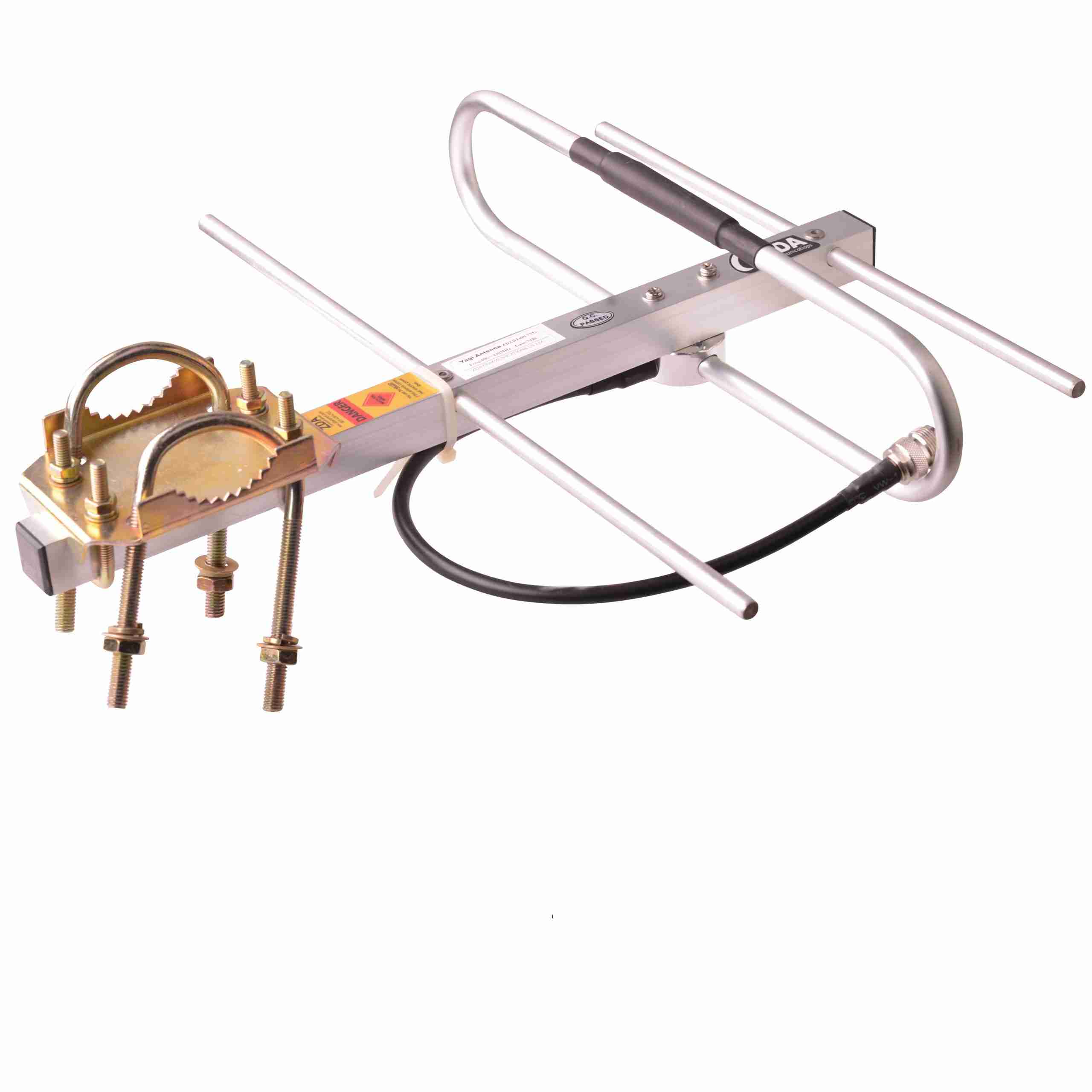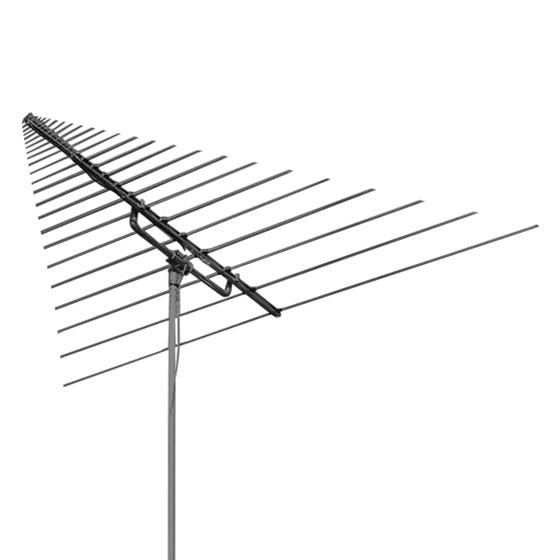ScubaJungle
Active Member
I'd really like to improve my performance on 162-174mhz & 406-420mhz (ideally 115-172 &380 -470, but that may be too wide of a range?), and while I considered buying two yagis but the prices add up quickly.
I've been looking for some basic info to get started on building directional antennas/yagi/log periodics, but a lot of the stuff either just shows the antennas without much background info, or are highly technical, and I am not a radio engineer. I've had a surprisingly difficult time finding good, simple, and clear instructions on how to construct one.
Can anyone point me to some links/sources to start off?
I think my best bet is building two, one for the VHF freqs (162-174, or 115-174 if possible) and one for the UHF freqs (406-420, or 380-470 if possible)
I was considering buying this:

 excel-wireless.com
excel-wireless.com
but if I can save money, and have something to do, I think it would be worth it.
I found this for length:
but I'd like to get some more info regarding:
-most efficient materials to use for the elements. I see some people use tape measures, some use copper wire, etc. If I am going to build it, I want it to be worth it and efficient.
-how wide of a range I can make it vs efficiency
-basic plans/blueprints
-anything else - would it be worth it to make a log periodic and have a wider range with a single antenna, or go with the two?
Any other beginner resources for constructing an antenna/yagi properly.
Thanks
I've been looking for some basic info to get started on building directional antennas/yagi/log periodics, but a lot of the stuff either just shows the antennas without much background info, or are highly technical, and I am not a radio engineer. I've had a surprisingly difficult time finding good, simple, and clear instructions on how to construct one.
Can anyone point me to some links/sources to start off?
I think my best bet is building two, one for the VHF freqs (162-174, or 115-174 if possible) and one for the UHF freqs (406-420, or 380-470 if possible)
I was considering buying this:

406-430 MHz YAGI Antenna 7 dbi | Excel Wireless
406-430MHz, Yagi antenna, 7 dbi, widely used for wireless internet service client antenna, industrial control, SCADA, ISM band applications. Typical application include, wireless video link, GSM, SCADA, and 400 Cellular etc.
but if I can save money, and have something to do, I think it would be worth it.
I found this for length:
Amateur Beam Antenna Calculator
This calculator is designed to give the critical information of a particular beam antenna.
www.csgnetwork.com
but I'd like to get some more info regarding:
-most efficient materials to use for the elements. I see some people use tape measures, some use copper wire, etc. If I am going to build it, I want it to be worth it and efficient.
-how wide of a range I can make it vs efficiency
-basic plans/blueprints
-anything else - would it be worth it to make a log periodic and have a wider range with a single antenna, or go with the two?
Any other beginner resources for constructing an antenna/yagi properly.
Thanks



